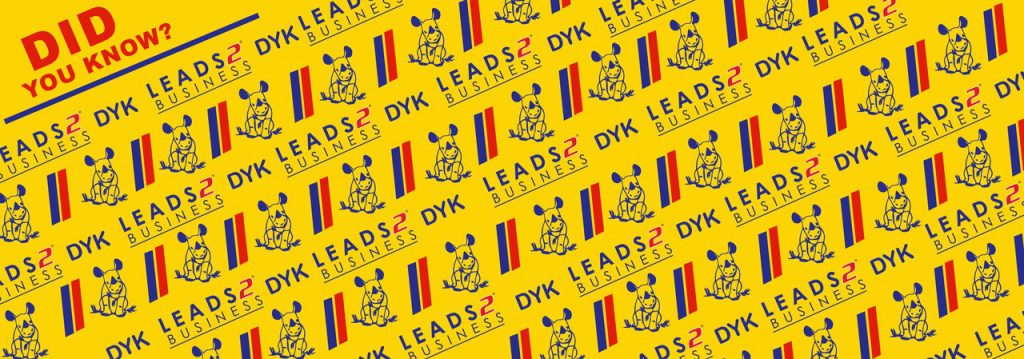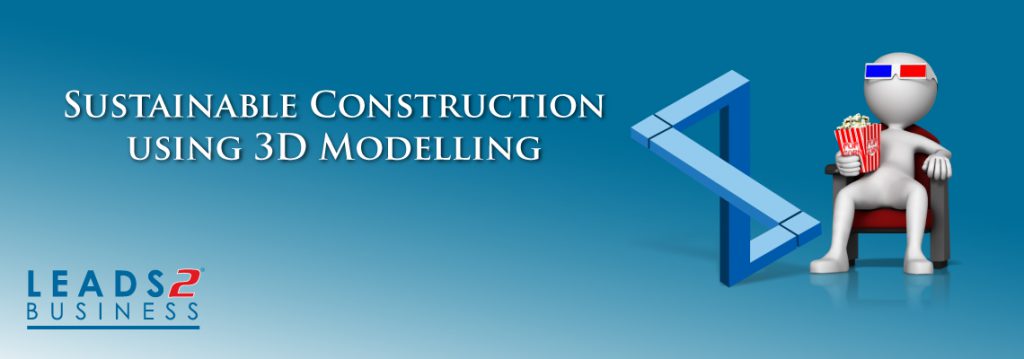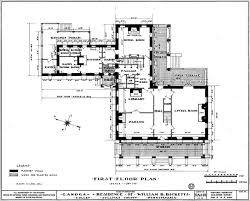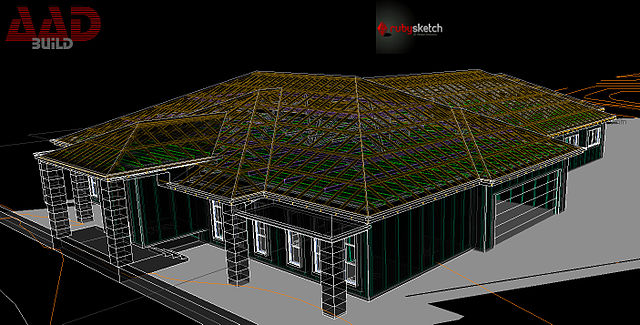Time Management

Time management is the process of organizing and planning how to divide your time between specific activities.
Good time management enables you to work smarter and not harder in this way you get more work done in less time, even when time is tight and you are stressing.
It is the process of planning and exercising conscious control of time spent on specific activities, especially to increase effectiveness, productivity and efficiency.
It is a key aspect of project management and involves skills such as planning, prioritizing and setting goals for a better performance.Management
| Essential time management skills:
• Goal Setting |
 |
Time Management of Construction Projects:
Time management is the organising and putting in to place a strategy related to the time required for work activities on a project. Effective time management is essential to successfully and efficiently meeting budget and programme targets, as well as achieving profitability.
Projects can risk unnecessary cost and delays as a result of bad or ineffective time management, either by failing to allow for the full details of the project or by failing to effectively manage the work schedule properly, In a large project the client may appoint a programme consultant to structure a detailed programme for the project at hand that includes an outline programme for construction if the contractor has not been appointed.
Once a contractor is appointed they will then take over the construction works but the programme consultant may continue to develop an overall programme for the client.
While in the planning stage all work activities needs to be properly understood and thought out. This needs to be planned in detail, meaning all work needs to be understood and the role everyone plays.
Estimates can be made of how long each activity will take. This is critical to the setting of millstones and deadlines, for allocation of resources, and for determining the pricing of contracts and cash-flow requirements.
Construction is a complex process, involving a number of activities and participants throughout the entire undertaking. The requisite tasks, as well as the responsibilities of the owner, architects, contractors, and subcontractors may be organized in many different ways to deliver the desired result.
Time management is critical for all in the construction process, including Contractors, Architects, Owners, and Subcontractors. Professional management and administration of the contract time is crucial to avoiding and minimizing time and cost overruns.
To maximize the chances of success all that is involved need to have full understanding of:
• Delays and how they can happen.
• Basic concepts of schedule and delay analysis methodology.
• Critical path scheduling techniques, the accompanying scheduling specifications, and the software used.
• Pros and cons of numerous schedule and delay methods used by construction project participants.
Major factors impacting successful project delivery include:
- Construction brokering by the contractor
- Errors and insufficient time extensions, and varying site conditions.
- There is also the risk of uncertainty and misunderstandings in terms of what is an acceptable standard of proof for acceptable delays.
Justifying a Delay
Whenever a delay happens early attention and timely action of the owner or construction manager is required. It is important to identify the responsible party quickly, developing and implementing a plan of action.
To do so, it is of great importance to have an effective plan for preparing a timely assessment of changes and delays, making it possible to formulate a clear, brief, persuasive position on each of them.
Because time is finite, construction project managers must use their limited time as productively as possible. Below are some time management tips for construction managers to help them manage their time:
• Keep the project schedule at the forefront
• Prioritize your task list
• Delegate tasks as needed
• Conduct actionable meetings
• Communicate clearly and effectively
• Use the right tools
To view more articles, please visit the Leads 2 Business Blog.
If you are interested in becoming one of our subscribers, please visit Leads 2 Business.
To view notes with screenshots on how to use our website, please visit the Leads 2 Business Wiki.
Sources:
Science Direct
eSub
About Tamika Mays
I started working at Leads 2 Business the 7th March this year. I have been working in the Leads to Quotes department where we deal with the contractors on a day to day basis. We help the contractors get the pricing they need for the contracts. The construction industry is an ever evolving industry and I love learning new things every day. Leads 2 Business is an amazing company to work for and is filled with amazing staff.








